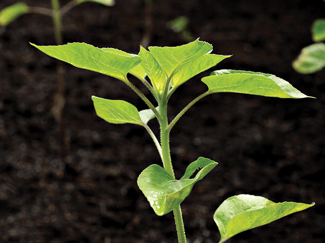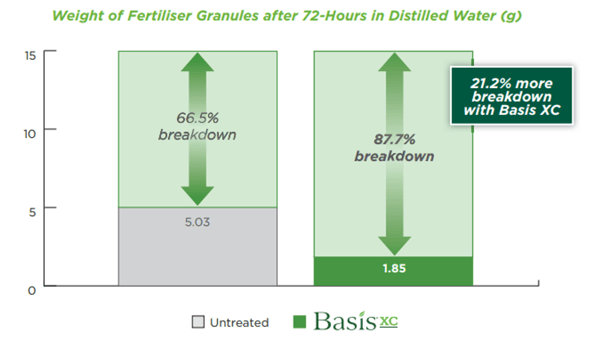 Phosphorus is required early in a plant’s growth cycle, when it is key to good plant establishment and early vigour. But, like other nutrients, it must have time to break down into plant-available forms. Increasing the availability of phosphorus in early growth stages helps improve crop establishment and can positively influence yield potential.
Phosphorus is required early in a plant’s growth cycle, when it is key to good plant establishment and early vigour. But, like other nutrients, it must have time to break down into plant-available forms. Increasing the availability of phosphorus in early growth stages helps improve crop establishment and can positively influence yield potential.
Expediting nutrient availability at seeding becomes increasingly important as sowing timings get later and potentially past their ideal window. In fact, a later sown crop will always require higher applied phosphorus levels to maximise yield potential.
Why?
- With later sowing, starter fertiliser has less time to break down and become available to the crop early in the growth cycle, when nutrients are needed most.
- A late-sown crop needs just as much phosphorus early on, but the phosphorus must be released from a higher applied amount.
- Later sown crops take time to develop an efficient root system.
Basis XC can significantly speed up the rate of fertiliser breakdown, making nutrients available to your crop. This can be particularly beneficial when planting crops outside of the ideal sowing window. In the study below, Basis XC-treated fertiliser showed 21.2% more breakdown on average than untreated granules after submersion for 72 hours in distilled water.
Learn more about maximising nutrient release and nutrient availability with this technology by watching the Basis XC fertiliser breakdown video.


